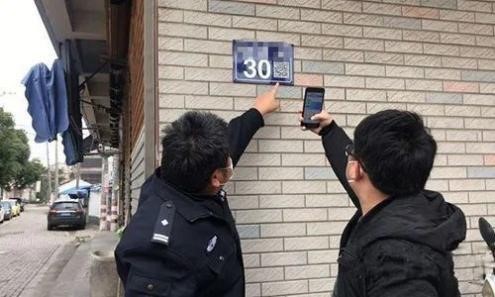Suzhou implements "scan-and-enter" at public places


A visitor scans the QR code at a store. Their travel records will be automatically uploaded to the public cloud database. [Photo/WeChat account: snd-szgxqfb]
Starting on March 29, the "scan-and-enter" measure, the latest move to curb the spread of the COVID-19 epidemic, took effect at heavily-trafficked public places in Suzhou, East China's Jiangsu province.
When entering public places or taking public transportation, individuals must use their "Su Zhou Dao" or WeChat mobile apps to scan a QR code and have their travel records automatically registered and uploaded to the public cloud database.
The QR code will generate one of three colors – green, which means the individual can enter; yellow, which means the individual has potentially been exposed to the virus; and red, which means the individual has tested positive for COVID-19 or is a close contact to someone who has.
According to the announcement, public places mainly consist of scenic spots, food markets and government departments, while public transportation refers to taxis, buses and cruise ships.
Those using WeChat to scan should first have their personal information registered and authenticated. Foreigners and compatriots from Hong Kong, Macao and Taiwan should use "Su Zhou Dao" for real name authentication. Seniors and children who are not familiar with or unable to complete real name authentication on their own can have their information linked with family members.
For more information or any questions you might have, please dial the public service hotline or visit the official WeChat account of 12345.
MOST POPULAR
- 1 China to give visa-free treatment to another 9 countries
- 2 China fully opens manufacturing sector to foreign investors in landmark opening up move
- 3 China's import expo attracts record-breaking participating countries, exhibitors
- 4 China's door opening even wider to foreign visitors, businesses
- 5 China revises rules to ease foreign strategic investment in listed firms
Editors' Picks
 Infographic:
China's public holidays for 2025
Infographic:
China's public holidays for 2025
 Infographic:
Basic facts of APEC
Infographic:
Basic facts of APEC
 Infographic:
Wrapping up the 7th CIIE: Data recap
Infographic:
Wrapping up the 7th CIIE: Data recap




